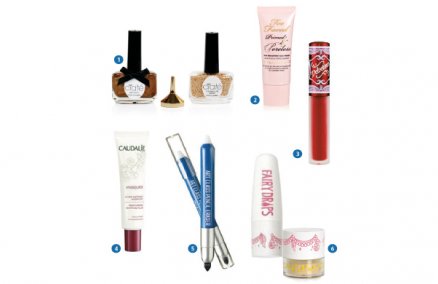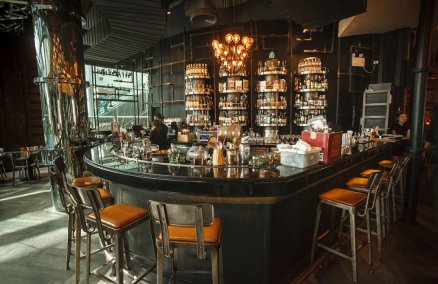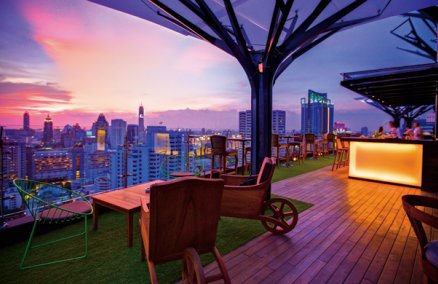What is your current state of mind?
I keep thinking about the $4 million house I’m supposed to be living in by now.
What did you want to be when you grew up?
A star. At least in my job now I get to work with the stars.
What is your biggest achievement?
The international acknowledgement that I get with working with the best celebrities of our time.
How do you spend your Sunday mornings?
I like to arrange gatherings with friends and share a good drink.
What is your idea of hell?
I’m not sure, but what you give is what you get. I believe in karma.
What is your guilty pleasure?
Furniture.
How do you recharge?
By watching TV. The news makes you feel a lot more fortunate when you see all the awful things going on in the world.
What’s playing in your iPod/MP3/CD player?
A mix of all sorts of music, what I hear depends on my mood.
What’s your taste like?
I generally like modern things with a classic touch.
What do you collect?
Furniture and lights. I also have tons of watches and bags.
Where would you like to live?
If I could choose anywhere at all, it’ll be Tokyo, because it challenges an artist creatively.
Who inspires you?
Madonna. She juggles family and career superbly and has a lot of drive. She’s an all-rounder who lives for the moment and has tremendous amounts of energy.
What personal trait do you appreciate the most in others?
Passion.
Which living person do you admire most and would like to invite for dinner?
Madonna. Or Zhang Ziyi.
Is there something about you that scares others?
My serious attitude, especially when it has anything to do with coiffure.
If you had to play a character in a movie, which movie and character would you choose to be?
I’ll just be myself and act according to how I feel at the moment.
What belief have you carried on with you since you were 18?
To be honest with yourself and not waver when it comes to your goals.
Advertisement


























